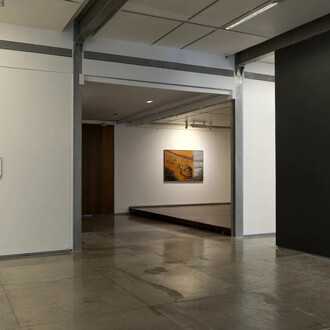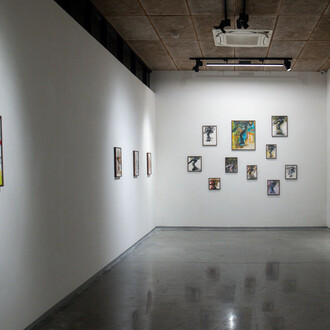Exhibit tranquillity, unhurried composure, chastity, and quietude. Safeguard the integrity of regulations. Keep things in an orderly manner. Guard one's action with a sense of shame. In movement and rest, it is always done in proper measure. This is what is meant by woman's virtue. Choose words [carefully] when speaking. Never utter slanderous words. Speak only when the time is right; then, others will not dislike one's utterances. This is what is meant by woman's speech. Wash clothes that are dusty and soiled, and keep one's clothing and accessories always fresh and clean. Bathe regularly, and keep one's body free from filth and disgrace. This is what is meant by woman's bearing. Concentrate on one's weaving and spinning. Love no silly play nor laughter. Prepare wine and food neatly and orderly to offer to the guests. This is what is meant by woman's work.
(Excerpt from Lessons for women, Ban Zhao)
Volume IV: Truths, half-truths, half-lies, lies began after Datta's coming across this excerpt by Ban Zhao in 2022. Han dynasty’s (202 BC–9AD, 25–220 AD) Ban Zhao was China’s first known female historian. She wrote Lessons for women for her daughters. The book was also known as Admonitions for women, Women’s precepts, or Warnings for women. The circulation of Lessons for women reached its peak during the 16th–early 20th centuries and its influence is still felt across the Korean Peninsula and Japan today.
Sumptuary laws, religious edicts, and imperial proclamations of the past are witnessed in contemporary times in the Korean Peninsula and Japan. The exhibition stems from Datta’s extensive research into these historical ‘laws of the lands’ and their enduring impact. They attempt to stage provocations and subversive interventions through textiles in reviewing and scrutinising the materials collected during their long-term research. The works on view at the exhibition negotiate patterns of censorship, notions of morality, alienation and abject class structures that are still embedded in global societies today. Datta’s previous solos Volume 3 issue 2 (2022) and Volume 3 issue 2 | 2.0 (2024) also considered the role of imperial edicts in the late Shōwa period (1945-1989) of Japan.
Volume IV unfolds through four chapters: Truths our clothes told us; Half-truths our clothes told us; Half-lies our clothes told us, and *Lies our clothes told us.















